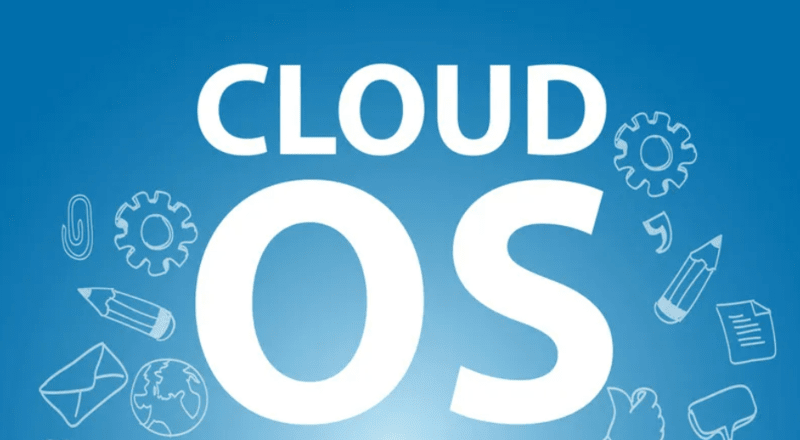In the dynamic world of tech, the concept of instant data access from any location has evolved from a mere luxury to an absolute essential. This transformation in digital usage led to the emergence of platforms like ZeroPC, a cloud OS aiming to reshape our digital content engagement. What made ZeroPC distinct from its counterparts, and what drew the tech world’s eyes to it? Let’s explore the ZeroPC universe further.
Getting to Know ZeroPC
Originating from ZeroDesktop, Inc. in San Mateo, California, ZeroPC emerged as a revolutionary webtop, often labeled as a user-centric cloud OS. It aspired to emulate the aesthetics and operations of a conventional desktop but within an online setting. Introduced in September 2011 amidst much acclaim, ZeroPC swiftly rose to prominence, even clinching a finalist position in the Innovative Web Technology segment at SXSW 2012.
Unpacking its Features and Capabilities
ZeroPC wasn’t merely another cloud solution; it was an all-encompassing platform crafted to consolidate and organize content. It flawlessly merged with numerous cloud storage providers, such as Dropbox, Box, SugarSync, OneDrive, Google Drive, and Evernote, offering users a centralized dashboard and easing the task of managing dispersed content.
Highlighting some of ZeroPC’s notable features:
- File Sharing: An intuitive tool allowing seamless file sharing.
- Webmail: A built-in email system ensuring no crucial emails were overlooked.
- Cloud Content Navigator: A specialized dashboard facilitating content management across various cloud platforms without the hassle of multiple logins.
- Instant Messenger: An integrated chat feature ensuring constant connectivity.
- Audio/Video Player: An option enabling direct media playback from the cloud, eliminating download needs.
- Office Productivity Tools: A collection of utilities for document drafting, modification, and organization, ensuring users had essential tools within reach.
Moreover, ZeroPC wasn’t confined to desktops. Acknowledging the trend towards mobile usage, they introduced dedicated apps for Android, iPhone, and iPad. This guaranteed users’ continuous data access, even while on the move. For photography aficionados, ZeroPC had an added advantage, offering smooth integration with renowned photo and video platforms like Facebook, Flickr, Instagram, and Picasa, positioning it as a comprehensive content management tool.
Unwavering Commitment to Security
In an era marked by frequent data compromises, ZeroPC prioritized security. All interactions between its frontend and backend were protected using the SSL (HTTPS) protocol. Additionally, data housed on ZeroPC servers was encrypted with the formidable 256-bit Advanced Encryption Standard (AES-256). ZeroPC also ensured secure linkages to other storage platforms using the Oauth method.
The Decline of ZeroPC
Like all great innovations, ZeroPC too had its culmination. On June 1, 2017, ZeroPC’s operations ceased. The servers were deactivated, signaling the service’s end, influenced by its parent entity, NComputing, which opted to introduce a Virtual Desktop Service on the cloud.
Reflecting on its Legacy
ZeroPC stands as a beacon in the domain of cloud OSs. Its avant-garde approach to managing digital content distinguished it, underscoring the potential of cloud platforms. Even though ZeroPC’s era has ended, its mark on the tech sphere is indelible. As we navigate the digital future, trailblazers like ZeroPC remind us of tech’s boundless horizons. As tech aficionados and users, we eagerly anticipate the forthcoming monumental shifts in the tech realm.




